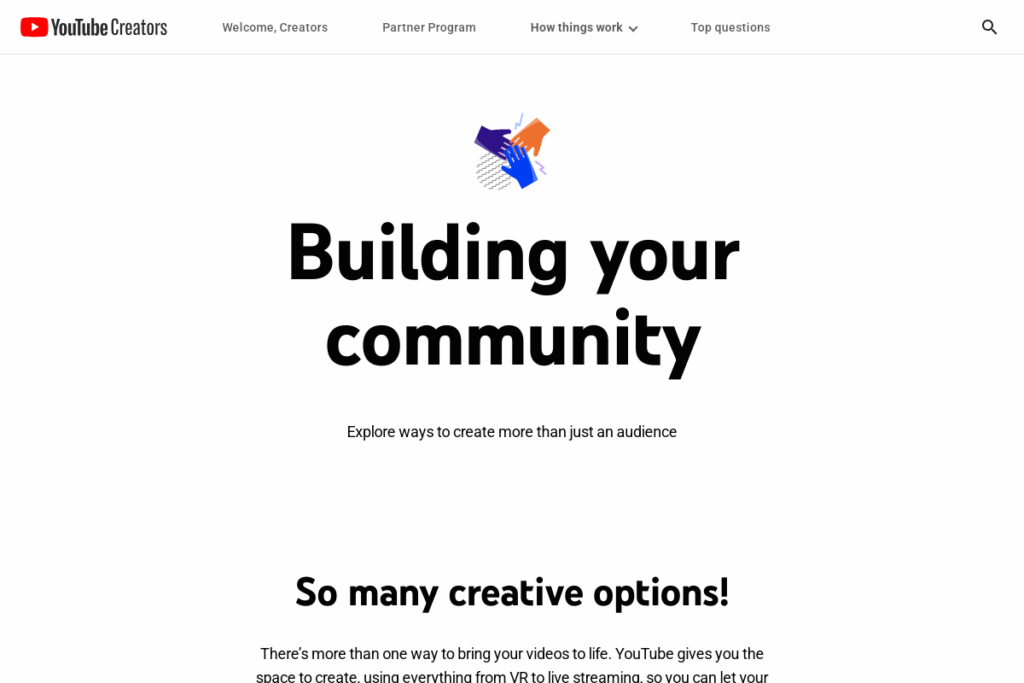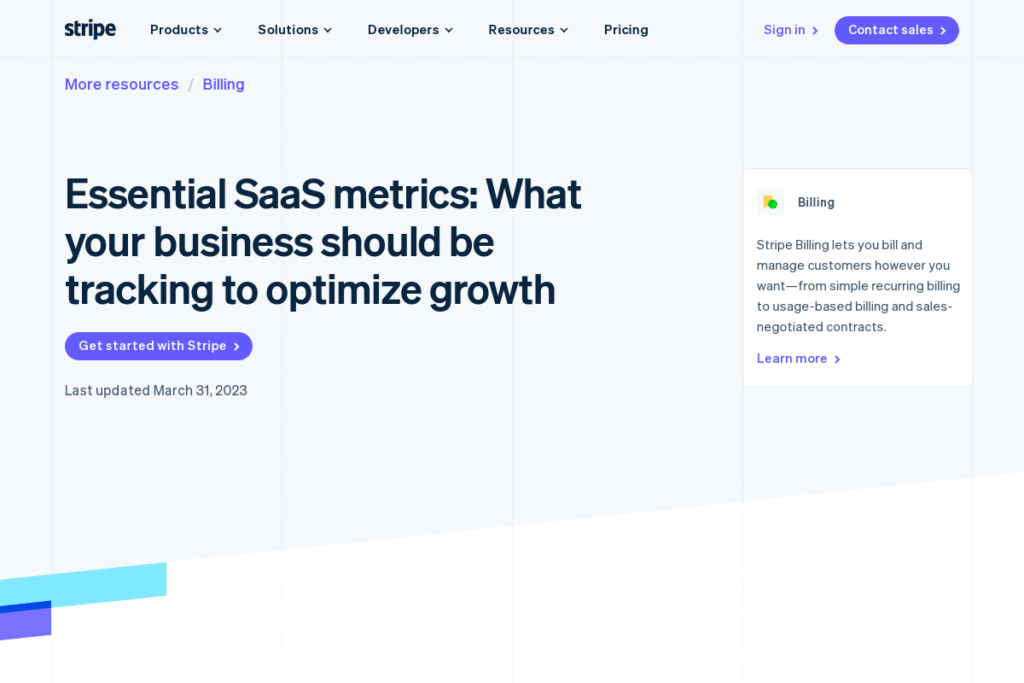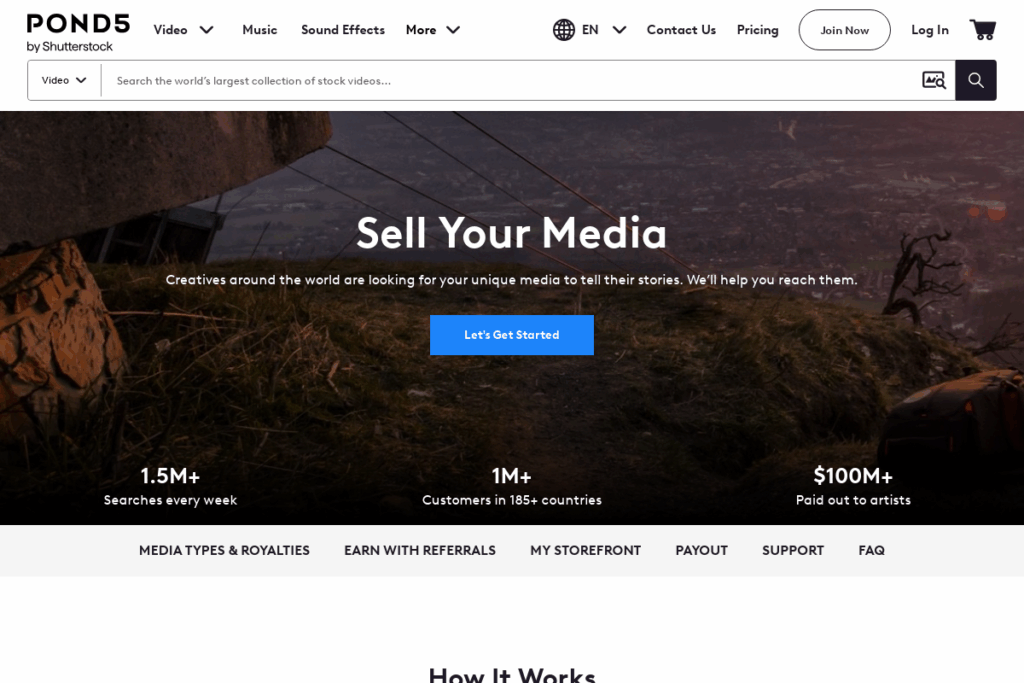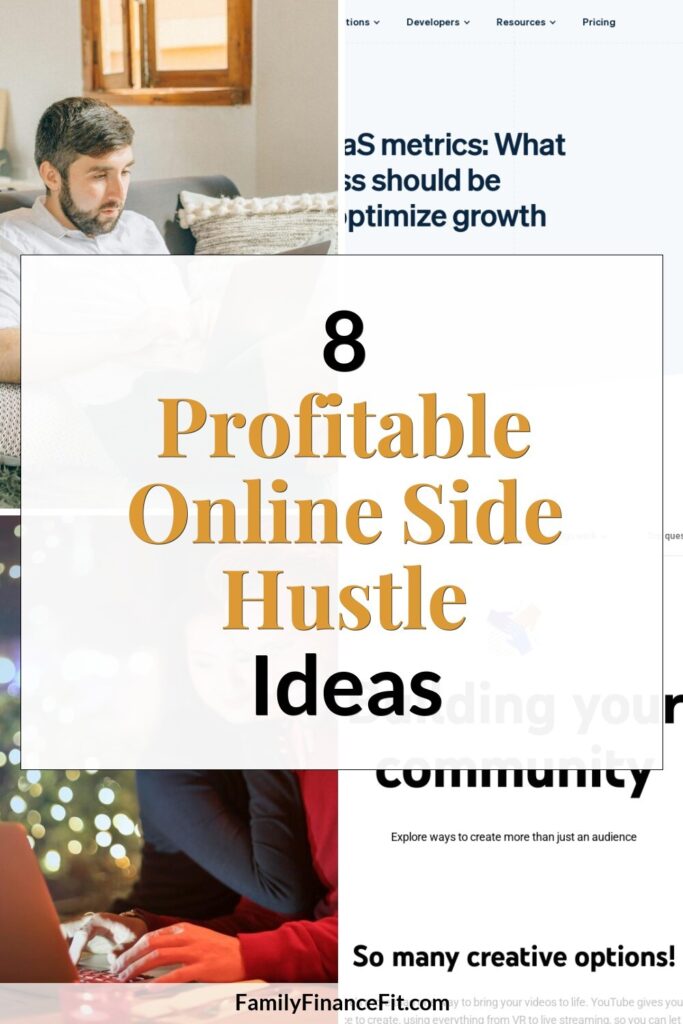I love building flexible income streams that compound over time. You can stack smart systems, protect your time, and still enjoy the little joys. I started with one small project and kept showing up until it replaced my nine to five. Here are long term business ideas you can grow at your pace and shape around your life.
1) Niche Content Media: Blog, Newsletter, or Channel

Start by choosing a narrow topic you could talk about for years. Solve recurring problems, share first hand experiments, and build a library of evergreen content. Use platform best practices to grow audience trust. For video creators, learn how to nurture community with the guidance in YouTube Creators. Writers can validate a newsletter concept and outline a simple launch plan with this practical Substack starter guide. Monetize through ads, sponsorships, products, and affiliates.
If a blog is your base, study realistic revenue paths and diversify from day one with this clear look at how lifestyle blogs earn. Stay consistent with a schedule you can sustain. You do not need viral spikes to win. You need hundreds of useful posts that quietly compound attention and trust.

2) Freelance Writing Studio With Productized Packages
Turn your writing into a steady studio by packaging services. Offer SEO articles, white papers, case studies, or thought leadership with fixed scopes and timelines. Calibrate pricing to the work by reviewing current ranges in Upwork’s rates guide and then tailor for your niche. If you are brand new, build a lean portfolio and pitch consistently using this straightforward beginner roadmap.
Pros who treat writing like a business win faster. Set minimums, add rush fees, and sell retainers that include strategy. When you want leads without endless scrolling, tap curated boards and follow this list of paid online writing options. Aim for repeat clients you genuinely enjoy. A handful of aligned partners can replace dozens of one off gigs.

3) Digital Products and Templates That Sell While You Sleep
Package your expertise into templates, checklists, prompts, scripts, and micro courses. Keep them specific and outcome focused. If you want a simple checkout, review the current fees on Gumroad pricing. Compare take rates and payout rules with an independent breakdown like this fees explainer so you choose the right platform for your margins.
Validation saves time. Smoke test with a landing page, a clear promise, and a preorder or waitlist. Then ship a tidy version one and improve with real customer feedback. Bundle best sellers, add an affiliate option, and run periodic live workshops to raise perceived value. Products compound because every new buyer can become a repeat buyer.
4) Ecommerce Microbrand Using Print on Demand

Launch a lightweight brand that does not require inventory or a warehouse. Print on demand lets you experiment quickly, keep cash flow clean, and learn what your audience actually wants. Start by shaping a real identity using Shopify’s brand guide. Then sense check the model’s tradeoffs with this balanced take on print on demand in 2025.
Begin with one product family and a tight niche. Use small creative sprints to test designs and messaging. Track unit economics early so you know when ads make sense and when organic is smarter. If you want a quick cash target to organize efforts, map a path to a realistic milestone using this plan to earn your first five thousand. Treat operations like a system and keep improving your offer.
5) Micro SaaS or Automation Tools Built With No Code

You can ship useful software without writing code. Modern builders move from idea to MVP quickly with visual tools and AI. Get inspired by the rise of founders launching apps with no code in this recent look at zero to MVP. From day one, track the numbers that matter. Learn the core subscription metrics in Stripe’s SaaS metrics guide so you build for retention and expansion.
Scope a tiny problem for a very specific customer. Sell first, build the minimum, and iterate with paying users. If you thrive with deep focus or pattern spotting, this path can fit beautifully. Explore supportive roles and business models in this guide to neurodivergent friendly work. Keep features lean and let customer outcomes, not opinions, decide your roadmap.

6) Local Services Engine With Simple SOPs
Local services remain one of the fastest ways to convert effort into profit. Pick a straightforward offer such as cleaning, lawn care, or mobile detailing. Set up properly and protect yourself by following the steps to register your business. Then extract your know how into checklists and scripts so anyone on your team can deliver. Use this approachable primer on documenting SOPs to get started.
Price for outcomes, not hours. Offer bundles and maintenance plans, and make rebooking the default. Once routes are efficient and reviews are steady, raise rates for new clients. If you need a short term push, organize a sprint with a clear target and repeatable outreach to hit a specific income goal.
7) Coaching or Consulting With Clear Offers and Proof
Package your expertise into a transformation your client understands. Use a structured diagnostic, a defined curriculum of sessions, and a timeline with milestones. If credentials will help you sell to your market, review the paths and requirements at the International Coaching Federation. You can also compare common training options with this overview of coach certifications.
Start with one signature offer and one target client. Record outcomes and testimonials, then productize support materials into worksheets and short videos. Sell through educational content, a helpful newsletter, and short intro calls. Great consulting is simple. Know the problem, show the path, and guide your client to the win.
8) Stock Media Portfolio: Photos, Video, and Design Assets

Turn your creative output into a catalog that pays for years. Upload high quality, properly released work and treat it like a real library. Learn submission standards and account rules from Adobe Stock contributor guidelines. Add video, music, and templates to diversify. For royalty structures and payment logistics, scan the official details on selling on Pond5.
Pick themes you can shoot often and well. Think authentic people at work, real families, useful B roll, and clean product shots. Upload consistently, study what sells, and reshoot winners in varied settings. Over time you build a body of work that compounds with every new client download.
Freedom grows from consistent steps. Choose one idea that fits your strengths, block focused time each week, and build systems that make progress automatic. Your future self will thank you.

